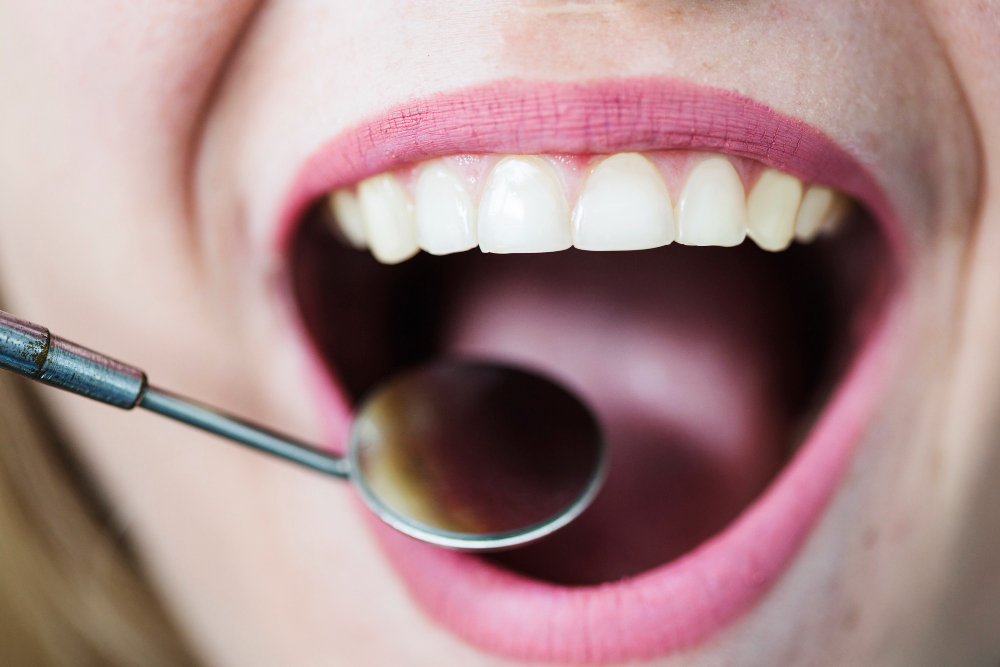
Child periodontal disease or youngsters’s gum ailment is a dental problem which leads to the infection of the gum tissues making them red and swollen. Some of the signs and symptoms of early warning include a person’s gums may also turn red and swollen and might additionally bleed when brushing. If it is left addressed, it may result in other risky health implications that have an impact on the mouth region. Brushing the teeth, visiting a dentist and eating the right food is key to gum disease prevention in children.
How to Prevent Children’s Gum Disease?
The fact is that in case you neglect the signs of gingivitis for your child, the situation may get worse. Lastly, gingivitis ends in periodontitis, which is characterised by swollen gums in addition to gum recession. Children who have adopted good oral hygiene practices in their homes can avoid the formation of gingivitis altogether. It is best if parents keep an eye on the child until the age of eight, to ensure the kid is brushing and flossing their teeth every day.
Though it may be appealing for children to skip brushing before going to bed, a haphazard approach to oral care could bring problems later on. In particular, the paediatric dentist will be able to determine if your child is a victim of periodontal diseases through routine dental checkups. Based on the extent of the disease or signs, your paediatric dentist may advise a gum disease treatment.
Treatment for gum disease in children
Depending on how severe the illness is, different gum disease treatment plans are used, but they all typically take an organised approach.
Advanced Dental Cleaning
Gum disease therapy starts with a comprehensive dental cleaning. This requires removing the tartar and plaque buildup that regular brushing and flossing cannot eliminate. Illness spread can be stopped and irritation can be reduced with thorough cleaning.
Improved Oral Cleanliness
Fostering improved oral hygiene behaviour for your baby can help combat gingivitis. Teach kids to sweep and floss two times a day with a smooth-bristled toothbrush to dispose of the germs that live in the spaces between their enamel.
Antibiotic Therapy
Topical ointments and antibiotic rinses are additional management options for gingivitis. By getting rid of the germs that cause gingivitis, these products help the gum tissue repair.
Root planing and scaling
Dentists may perform scaling and root planing on patients with more advanced gum disease. Rough spots on the tooth root are smoothed and tartar is scraped off from both above and below the gum line during this deep cleaning procedure.
Conclusion
In youngsters, early screening and intensive treatment of gum diseases are vital. For gum disease prevention and to maintain healthy gums and teeth your dentist recommends good hygiene and professional cleaning. Additionally, it is demonstrated that appropriate action in the long term boosts dental health.
